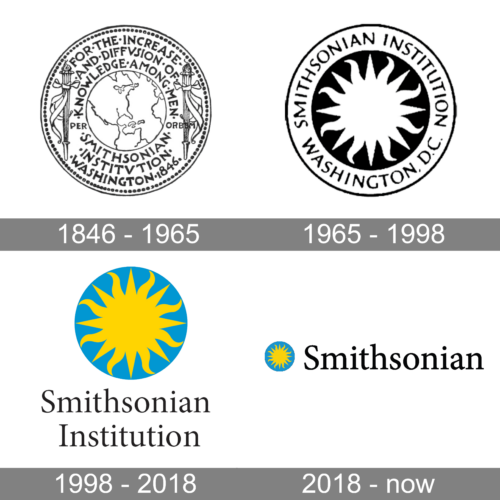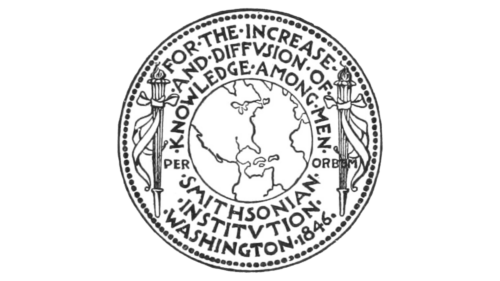The Smithsonian Institution is a trust instrumentality of the US comprising several museums and research centers.
Meaning and history
Founded by an act of Congress in 1846, the Smithsonian Institution stands as a testament to the United States’ commitment to education and culture. Established with funds bequeathed by British scientist James Smithson, the institution began its journey with the goal of “the increase and diffusion of knowledge.” Over the years, it has achieved remarkable milestones, including the establishment of its iconic museums such as the National Museum of American History, the National Air and Space Museum, and the National Museum of Natural History. These institutions house unparalleled collections, ranging from cultural artifacts to scientific specimens, attracting millions of visitors annually.
Today, the Smithsonian Institution holds a preeminent position in the world of museums and research institutions. Its commitment to scholarship, conservation, and public outreach remains unwavering, as it continues to expand its collections, engage in groundbreaking research, and develop innovative educational programs. As a leader in cultural preservation and scientific exploration, the Smithsonian plays a vital role in shaping our understanding of the past, present, and future.
What is the Smithsonian?
A beacon of knowledge and cultural heritage, encompassing museums, research centers, and educational initiatives. With its vast array of collections and commitment to public engagement, it stands as a symbol of intellectual curiosity and exploration.
1846 – 1965
The original Smithsonian logo created by artist Augustus Saint-Gaudens showcased a globe flanked by torches of knowledge. The torches represented truth and knowledge.
The seal could be found on annual reports and publications. It was used for more than 70 years until the Bicentennial festivities in 1966. The festivities marked the 200th anniversary of the birth of its founding benefactor, James Smithson.
1965 – 1998
The new symbol was taken from the coat of arms of the founder, James Smithson. In comparison with the original seal, this one was cleaner. It showcased the sun with straight and wavy rays meaning heat and light. In heraldry, this emblem is called “The Sun in His Splendor.”
The words “Smithsonian Institution” either encircled the sun or were written over it.
The new design meant that the symbolic meaning of the logo shifted, too. In both cases, the Smithsonian logo symbolized enlightening. Yet, in comparison with the original torches, the sun is more powerful as it is a source of light that will long outlast any man-made source.
On the one hand, the sun emblem reminded of the Smithsonian’s roots. On the other, it showed that the Institution had the influence that would reach far into the future.
The seal was created at the request of Secretary S. Dillon Ripley.
1998
In a blog post about the redesign, the institution explained the need for a new logo in the following way: “We wanted a unifying symbol to graphically cement the relationship of our many parts to the whole.” The issue was very important as, back then, almost every organization in the network had its emblem or logo. With the introduction of the 1998 emblem, all the museums, research institutes, and offices had to switch to single brand identity. They, however, were supposed to place their name below that of their parent institution.
The emblem was designed by Ivan Chermayeff from the New York firm Chermayeff & Geismar, Inc.
The sun looked pretty much like in the previous seal. This time, though, the name of the organization was placed below.
The color of the sun was the most obvious one, yellow. The palette of the circle in the background was probably inspired by the sky. Its color was somewhat warmer and darker than the sky in real life.
2018
At first glance, the design remained unchanged, except that the word “Institution” was dropped. Yet, if you take a closer looked, you will also notice that the blue circle grew larger in comparison with the sun. As a result, now there is more air in the emblem.
The hues appear to have slightly shifted – they are somewhat lighter. The blue is colder, more similar to the natural color of the sky.
In addition to the main logo, there was also an all-blue version. Here, the “sky” was dropped – you could only see a small sun icon. Next to it, there was the lettering “Smithsonian.” It featured the same type as in the primary logo but was blue.
Flag
The centerpiece of the flag is the sun logo. This time, however, it is given in a slightly different palette (the blue is darker). The flag is broken down into four large fields featuring a chequered pattern in dark blue and yellow. The sun in the center is also broken down into four pieces, as is the roundel.
Font
The Smithsonian logo features a simple yet elegant serif type.
Colors
For decades, the palette has included two colors: yellow for the sun and blue for the “sky” background. Yet, the hues have not been the same. Also, the flag features a darker blue than the main logo.












